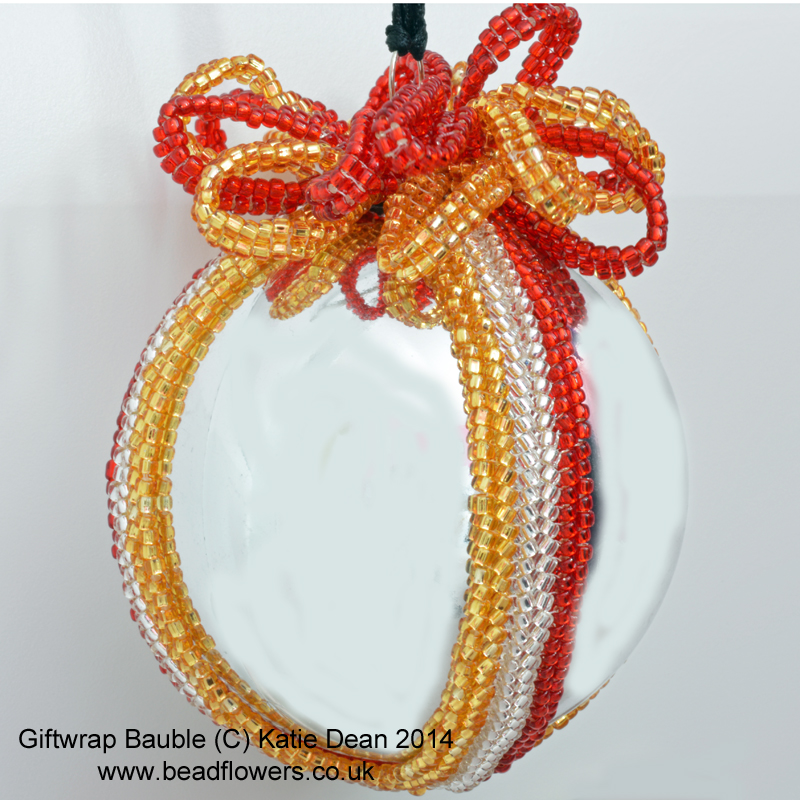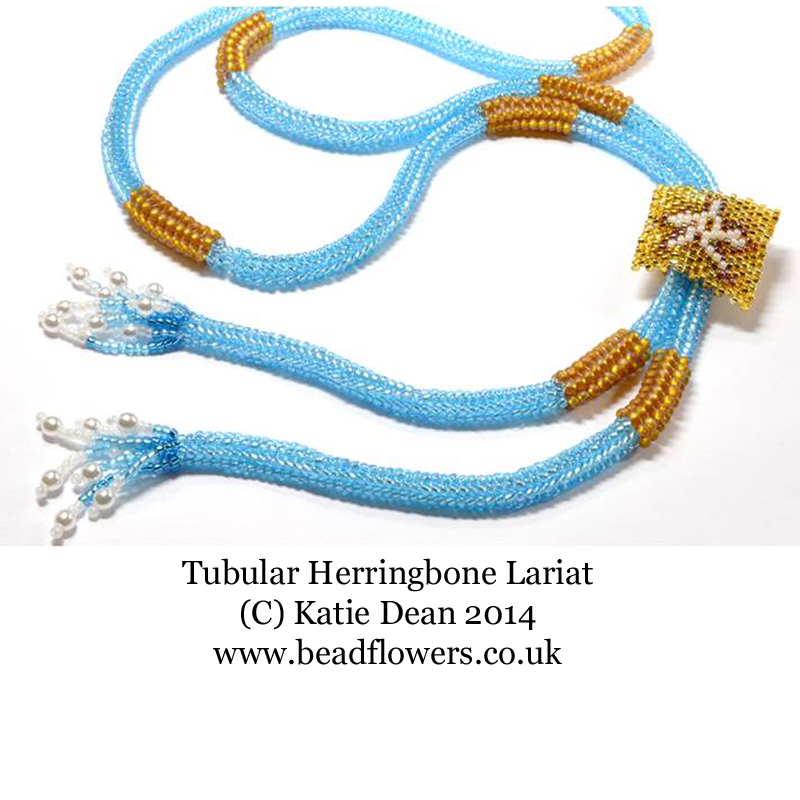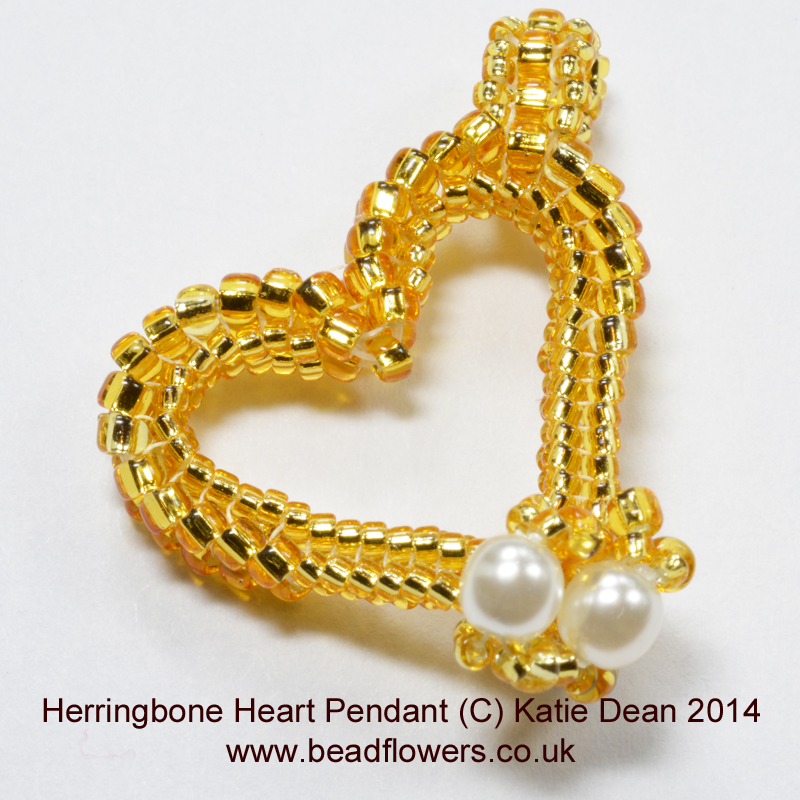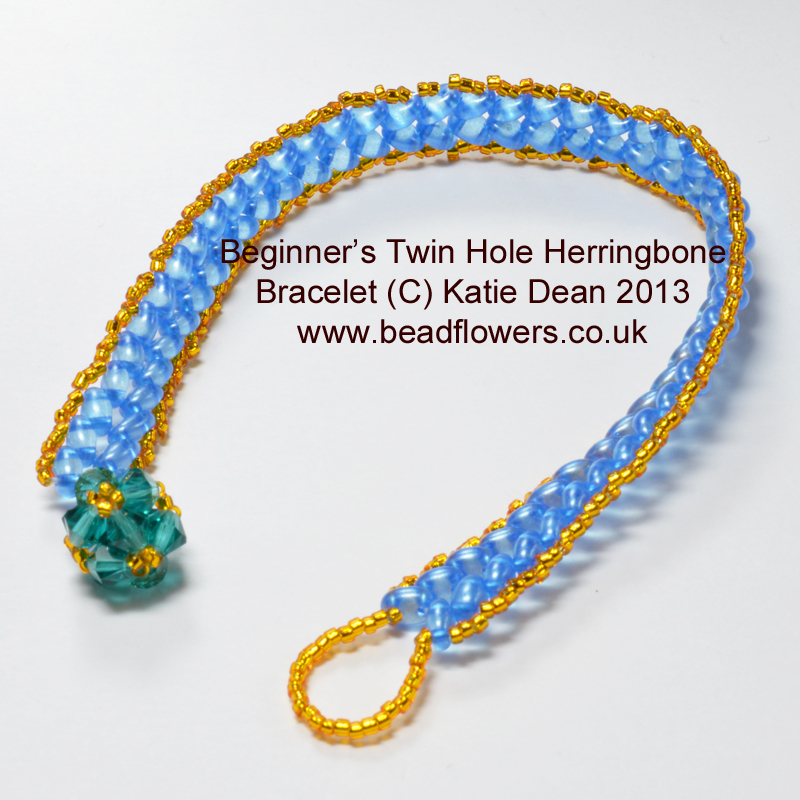What is Herringbone stitch in beading?
So, what is Herringbone stitch in beading? It is a popular basic bead-weaving technique. The stitch has strong links to traditional African beadwork. So, you may sometimes find it called Ndbele stitch, after the tribal region where it is most commonly used.
The ‘Western’ version of the name (Herringbone) reflects the arrangement of the beads. If you are already familiar with other crafts, then you will know exactly what I mean. The beads sit at a slight angle to form the pattern.
The traditional African version is traditionally made using bold, often primary, colours and striking geometric patterns. The patterns have specific meanings and represent a rich heritage. As you can see from the photos in this blog, modern versions are much more varied.
What is Herringbone stitch?
The sample, below, shows flat herringbone stitch. This is worked in columns. So although the basic variation makes rows that are one bead high, like brick stitch, herringbone stitch can also be stacked.

There are two different methods for starting herringbone stitch. First, you have the ladder stitch start, which involves creating a single (or I find it easier to use a double) bead row, like the base used for brick stitch. Or, you can try a slightly more complicated starting pattern that creates the first couple of rows at once. (Find these options demonstrated on video at this link).
Whichever start you prefer, the remaining rows are then worked back and forth along the beadwork. Picking up two beads, you pass down through a bead from the previous row and up through the neighbouring bead. So, you are constantly adding stacks on top of you work.
This leaves the end rows with a frilly looking edge, as you may be able to see in some of the photos. There are various ways of tidying this, including using it as a base for interesting edging like picots.
If you want to have a go at Herringbone stitch, then this bauble is a really good project to start with.

What else can you do with Herringbone?
You can also transfer seamlessly from herringbone into most other basic bead-weaving techniques.
Now, take a closer look at the flat sample at the top of the page. Can you see that, although the beads are sitting at slight angles to create the herringbone look, they are also sitting squarely on top of and beside one another. This means that you can in fact work a square stitch pattern in herringbone stitch. So, that’s useful to know if you like to make beaded picture tiles.
If you are already familiar with different bead-weaving techniques, then you won’t be surprised to learn that you can also shape herringbone stitch.
The stitch has a tubular variation. To work this way, just join the ends of your first row to make a circle. Then, build the columns on top of this, all the time working around the circle. If this is something you would like to try, then this pattern is a great place to start.

Once you have mastered the basic tube, you can add interesting spirals.
What is Herringbone stitch shaping?
Well, when it comes to shaping in this technique, you have a few options.
You can also use tubular herringbone with mixed sizes of beads to transform the tube into a curve. I used this technique to make this heart shaped charm.

Then, you can use this same technique for capturing Rivolis in beads to make Cabochons.
When it comes to the flat version of the stitch, you can increase and decrease. So, this allows you to create curves and circles. You can apply the same increase and decrease structure to tubes. So you can move from a straight tube to something with bumps in it. Or, you can use the technique to make bell shapes.
More options and variations
As with all the basic beading stitches, herringbone stitch has its own particular feel. It is a very flexible weave, so it can be a great option for making a structure that can be used rather like material. In its tubular form, this flexibility gives a very pliable tube, so it feels lovely to wear.
Although you will probably learn Herringbone stitch using basic seed beads, you can also work it with some of the shaped beads. For example, the twin hole beads present some great possibilities for creating in herringbone stitch. So, if this is something that appeals, you can find this beginner’s bracelet pattern here.

So, I hope that brief overview has provided an answer to the question, what is Herringbone stitch? In this section of the website, I will be sharing blog posts covering the different technique variations. So, you can use those to learn.
Or, if you prefer to learn the easy way, just take a look at this online class. It uses video demonstrations to teach you all the basics. Plus it links to patterns that will allow you to practice the techniques. And, class members can enjoy a 50% discount on those beading patterns. So, that makes it a convenient and much cheaper way to really master this bead weaving technique. Just follow this link to access the online class now.












Please make a tutorial picture
I have linked to tutorials, so you can use those